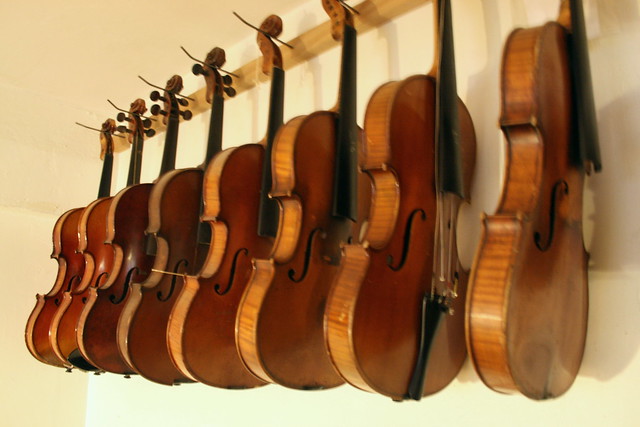
My colleague and friend Larry Coben has a nice post over at Huffington Post books, talking about the role of authors like Jared Diamond on how anthropology and archaeology are brought out into the public by authors like Diamond, and books like The World Until Yesterday. I just had a pleasant conversation with a (non-academic) friend yesterday about Diamond's Guns, Germs and Steel, and this conjunction reminds me that it's so important to have something for all of us to have in common in order to have an interesting conversation. Otherwise, we are just starting the same argument again and again. Plus, I didn't realize how Larry had gotten so famous that he had his own Huffington Post column, in addition to his excellent work at the Sustainable Preservation Initiative.




